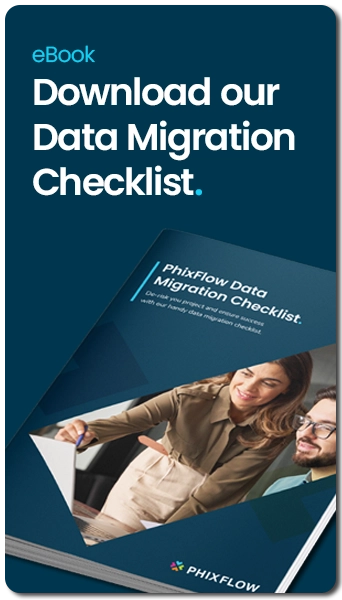Blog / Data Management / The Importance of Data Quality when utilising AI in Revenue Operations
The Importance of Data Quality when utilising AI in Revenue Operations
Don’t let poor data quality derail your AI initiatives. Invest in the right tools to ensure your data is accurate, compliant, and ready for analysis.
4 minutes read | by Gary Smith | 31 January 2025
One thing has become clear over the past year or so, Artificial Intelligence (AI) is here to stay. It’s on everyone’s radar and businesses around the world are scrabbling around to see what they can do with it in the fear of being left behind and letting competitors gain an advantage.
There are so many examples, from streamlining order-to-cash workflows to predicting customer churn, AI has the potential to revolutionise the way businesses operate. However, the success of AI systems hinges on one crucial factor: data quality. As the saying goes, “garbage in, garbage out.”
Why Data Quality Matters for AI
AI systems are only as effective as the data they are trained on. High-quality data enables AI algorithms to identify patterns, make accurate predictions, and deliver actionable insights. Conversely, poor-quality data can lead to:
- Inaccurate Predictions: Flawed or incomplete data can cause AI models to produce unreliable results, undermining trust in the system.
- Bias in Decision-Making: Unclean or unbalanced datasets may introduce bias, leading to skewed outcomes that can negatively impact business strategies.
- Wasted Resources: Time and money spent on AI initiatives can be squandered if the data feeding these systems is suboptimal.
- Regulatory Risks: Sensitive data mishandling or failure to anonymise data can result in compliance violations, especially in industries like telecommunications and utilities where customer data is highly regulated.
Common Data Challenges in Revenue Operations
For Revenue Operations or Order to Cash teams in industries that are highly regulated, like telecommunications or utilities, the complexity of data and the diversity of systems often create challenges such as:
Data Silos
Disconnected systems lead to fragmented data, making it difficult to gain a holistic view. If these are left out from the data analysis performed by AI, then the results will be inaccurate.
Duplicate or Inconsistent Records
Multiple sources of truth can result in discrepancies that skew AI outputs.
Sensitive Customer Information
Handling personally identifiable information (PII) requires stringent measures to ensure compliance with regulations like GDPR or CCPA.
Legacy Systems
Outdated infrastructure can limit data accessibility and integration. To gain a holistic view and trustworthy results ALL relevant data must be included.
How PhixFlow Can Help
The PhixFlow integration, data, and app-building platform, plays a pivotal role in preparing your data for AI systems. In no particular order, let’s delve into how PhixFlow can assist you.
- Data Cleansing
PhixFlow’s powerful tools identify and rectify inconsistencies, duplicates, and errors in your datasets, ensuring that only clean, reliable data is sent to AI systems. - Data Anonymisation
Before sharing data with AI systems, PhixFlow anonymizes sensitive information to protect customer privacy and maintain compliance with regulatory standards. - Seamless Integration
Whether it be direct database reads, file imports or APIs, PhixFlow connects disparate systems, breaking down silos and creating a unified data pipeline for AI analysis. - Real-Time Data Processing
With PhixFlow, RevOps teams can process and transform data in real time, ensuring that AI models work with up-to-date and accurate information. - Data Aggregation and Composite Data Sets
PhixFlow aggregates data from multiple sources, building composite datasets that provide a comprehensive view. This enables advanced processing and ensures AI systems have the rich, contextual data they need for robust analysis.
Real-World Benefits
So, what are the benefits of using better data with AI? Ensuring high-quality data allows you to unlock the full potential of AI, not just within your RevOps processes, but throughout the entire business. Let’s explore some examples.
Improved Revenue Forcasting
Clean, consistent data allows AI to generate more accurate financial forecasts, helping businesses make informed decisions.
Enhanced Customer Insights
Anonymised and unified datasets enable AI to identify trends and patterns, supporting personalized customer experiences.
Operational Efficiency
AI-driven automation powered by reliable data can streamline order-to-cash processes, reducing manual effort and errors.
Summary
The promise of AI in Revenue Operations is undeniable, but its success depends on the foundation of good quality data. PhixFlow’s capabilities in data integration, data cleansing, and anonymisation make it an indispensable partner for telecommunications and utilities companies looking to harness the power of AI.
If you are planning on utilising AI to transform your RevOps contact us using the form below to discover how PhixFlow can help you prepare your data for success.


